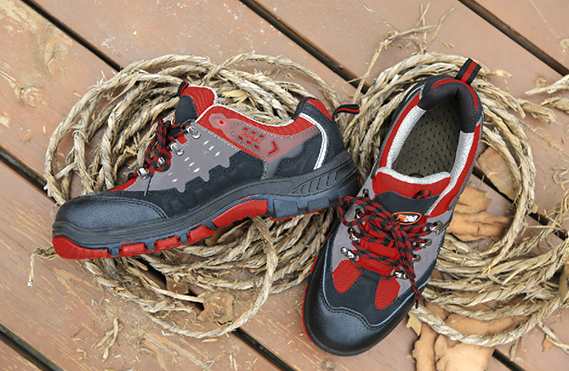Do safety work shoes that are too hard have better abrasion resistance and higher puncture resistance? Do safety work shoes that are too soft have good comfort and good sole bending resistance? The answer is of course not necessarily. The soles of safety work shoes are too soft and hard, which is not optimal, and the wearing of such safety work shoes is not conducive to foot health. Next, listen to MKsafety® telling you one by one!
The bottom of Safety work shoes is too soft and the center of gravity is unstable. Some people don’t want to throw away their shoes when they are worn loose or worn out, or they don’t tie their shoelaces tightly when they wear them. In fact, this does not provide enough support for the feet. If things go on like this, the cartilage between the ankle and kneecap will degenerate.
Suggestion: When choosing safety work shoes, the heel part of the shoes must be firmly “grabbed” the foot. When wearing, the shoelaces should be fastened so that the toes can be moved, the big toe can be arched naturally, but the heel will not move.
The bottom of safety work shoes is too hard and bears 7% more pressure. In addition, wearing safety work shoes that are too hard may also aggravate knee osteoarthritis.
Suggestion: When buying safety work shoes, you can fold the shoe soles in half to check the hardness. Suitable soft and hard labor insurance shoes should be folded in half, the position and angle of the sole bends similar to the degree of bending of the sole of the foot when a person is walking.
After reading the introduction of MKsafety®, there is a new understanding of how to choose the correct hardness of safety work shoes soles. A good safety shoe sole must be moderately soft and hard. The most important thing is that the softness of the sole can meet the functional requirements of the workplace.





